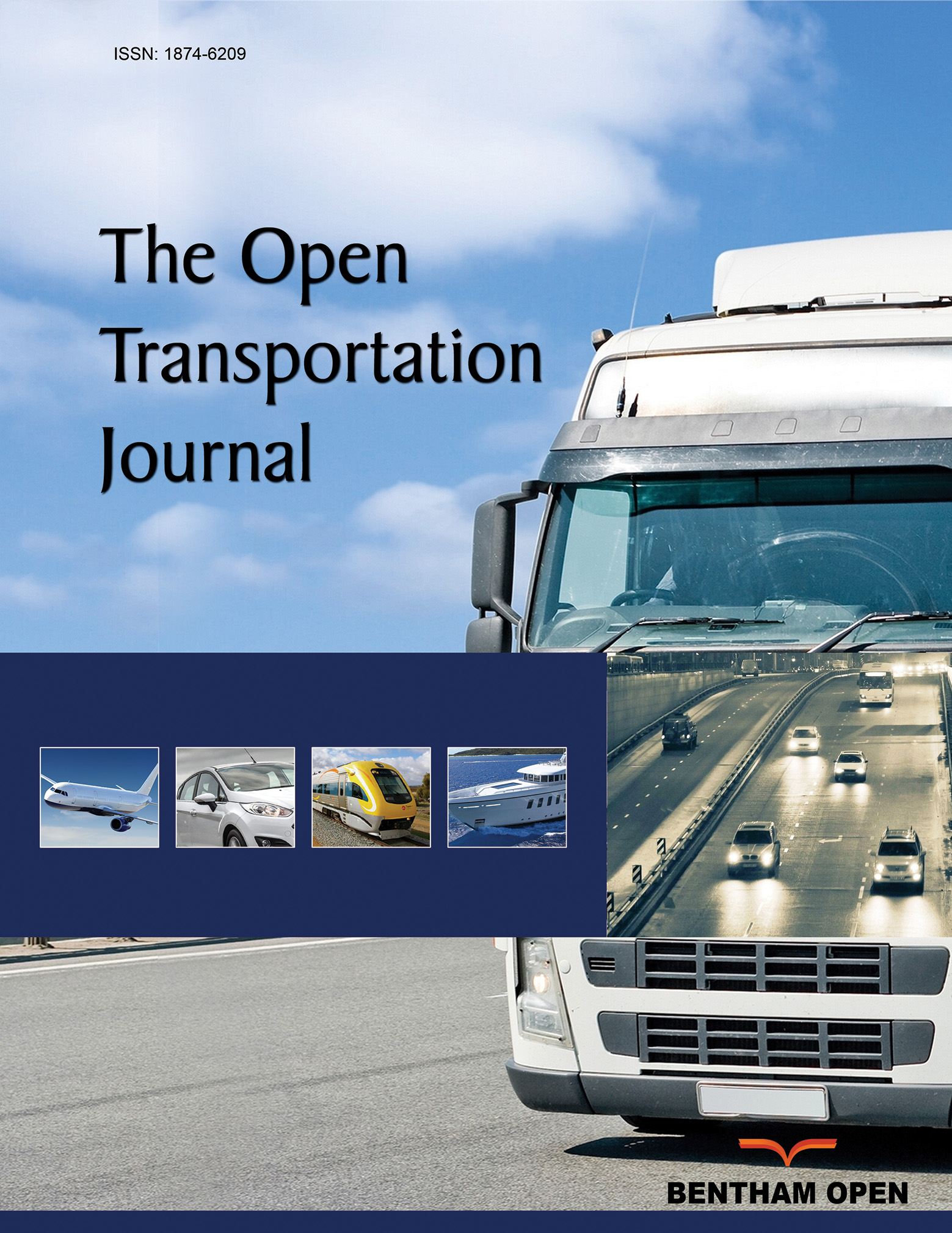Exploring Physical and Non-physical Infrastructure of Bus Rapid Transit and its Connectivity to Intermodal Transport Modes in Semarang
Abstract
Background:
The modern service of public transport system in a developing country is still in the stage of embryo compared to other big cities in the world. Providing reliable and affordable intermodal transportation is a major challenge in Indonesia, particularly in a growing city such as Semarang. The higher volume of traffics in this city leads to critical congestion due to the imbalance between transport infrastructures, mobility management, and travel behaviour. The concept of Bus Rapid Transit was adopted as a transport policy, and it was introduced in Semarang reduce congestion and car dependency as well as to enhance integration of intermodal transport modes. However, there is still a lack of transport infrastructure to support connectivity and integration between Bus Rapid Transit (BRT) and intermodal transportation modes that might influence the willingness to use public transport.
Objective:
The study aims to explore the physical and non-physical facilities to connect between Bus Rapid Transit (BRT) with intermodal transportation modes in Semarang.
Methods:
The research using qualitative method combined with four approaches such as quantitative, phenomenological, literature, and study-case based approaches.
Results:
The research reveals that the intermodal transportation system which employs integration of modes (airport, port, and railway station) improves the efficiency of travel and bus transit experience. Both physical and non-physical public transport amenities are still underrated and there is a need for improvements to make it more reliable, attractive, and easier for transport users (students and non-students). Moreover, the number of transport users dropped dramatically during the COVID-19 pandemic. Furthermore, the lack of public transport infrastructure and amenities results in an inconvenient experience of travel and a decline in the number of bus ridership.
Conclusion:
The local government should creatively improve the physical and non-physical facilities to support Bus Rapid Transit (BRT) services and its connectivity to intermodal transport modes in intercity passengers’ terminals (airport, port and railway stations) in terms of sidewalks, amenities, payment methods, and information system.

